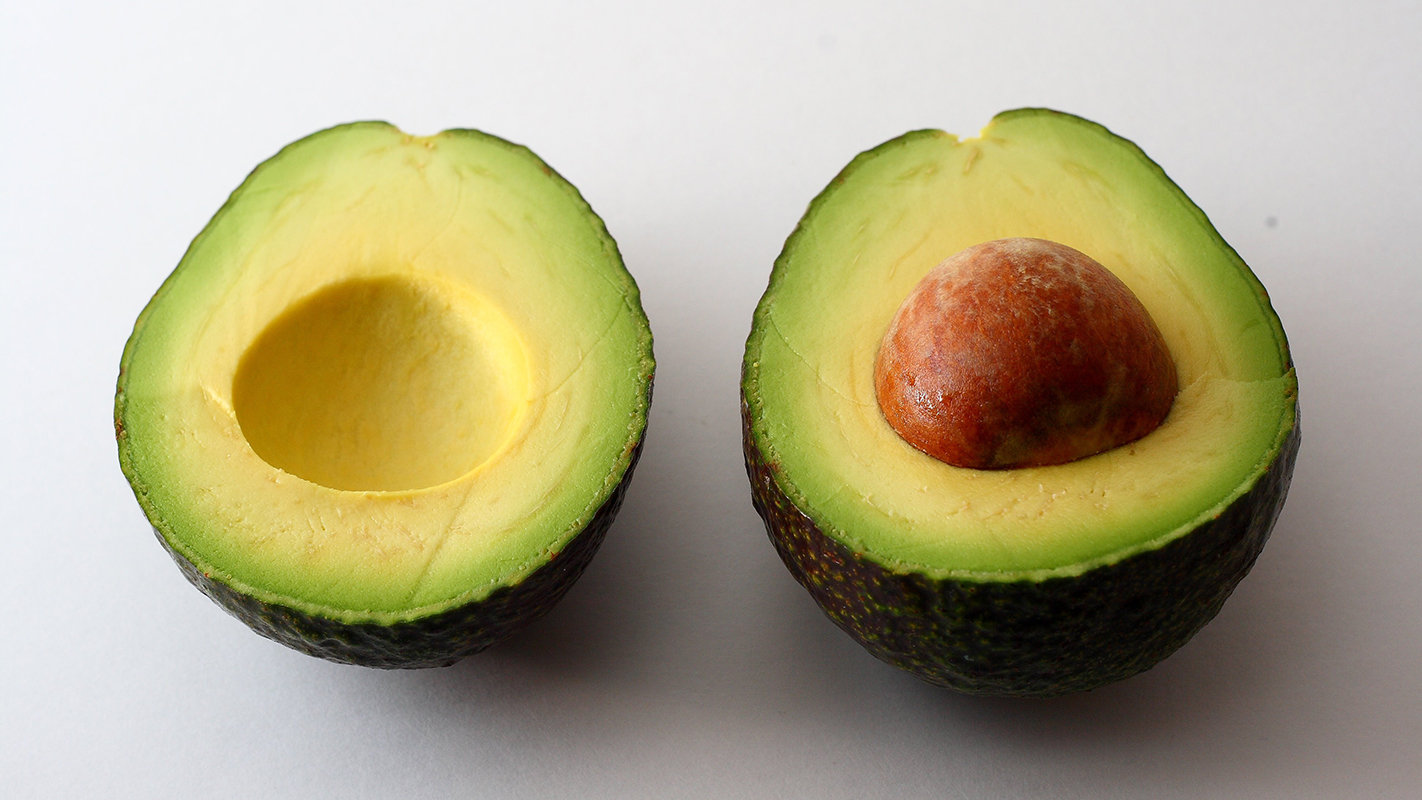Don’t Panic, But Your Avocado is Radioactive: Study Eyes Background Radiation of Everyday Objects

For Immediate Release
Most people assume all radioactive materials are dangerous, if not deadly. But a new study on the radiation emitted by everyday objects highlights the fact that we interact with radioactive materials every day. The goal of the work is to give people a frame of reference for understanding news stories or other information about radiation and nuclear safety.
“We did this study because understanding how much radiation comes off of common household items helps place radiation readings in context – it puts things in perspective,” says Robert Hayes, an associate professor of nuclear engineering at North Carolina State University. “If people understand what trace levels of radiation mean, that understanding may help prevent panic.”
The researchers used a portable gamma radiation meter to measure the external gamma radiation emitted in a North Carolina home. The radiation was measured in microgray per hour (μGy/hr).
Avocados, for example, gave off 0.16 μGy/hr of gamma radiation – slightly less than the 0.17 μGy/hr emitted by a banana. Bricks gave off 0.15 μGy/hr, while smoke detectors (with their americium components) gave off 0.16. By way of comparison, natural uranium ore measured 1.57 μGy/hr.
“If you’re surprised that your fruit is emitting gamma radiation, don’t panic,” Hayes says. “The regulatory level for workers – which is safe – is exposure to 50,000 μGy per year. The levels we’re talking about in your household are incredibly low.”
The paper, “Contributions of Various Radiological Sources to Background in a Suburban Environment,” is published in the journal Health Physics. Lead author of the study is Richard Milvenan, a former master’s student at NC State.
-shipman-
Note to Editors: The study abstract follows.
“Contributions of Various Radiological Sources to Background in a Suburban Environment”
Authors: Richard D. Milvenan and Robert B. Hayes, North Carolina State University
Published: Oct. 6, Health Physics
DOI: 10.1097/HP.0000000000000564
Abstract: This work is a brief overview and comparison of dose rates stemming from both indoor and outdoor natural background radiation and household objects within a suburban environment in North Carolina. Combined gamma and beta dose rates were taken from indoor objects that ranged from the potassium in fruit to the americium in smoke detectors. For outdoor measurements, various height and time data samples were collected to show fluctuations in dose rate due to temperature inversion and geometric attenuation. Although each sample tested proved to have a statistically significant increase over background using Students t-test, no sample proved to be more than a minor increase in natural radiation dose. The relative contributions from natural radioactivity such as potassium in foods and common household items are shown to be easily distinguished from background using standard handheld instrumentation when applied in a systematic, methodological manner.
- Categories:


